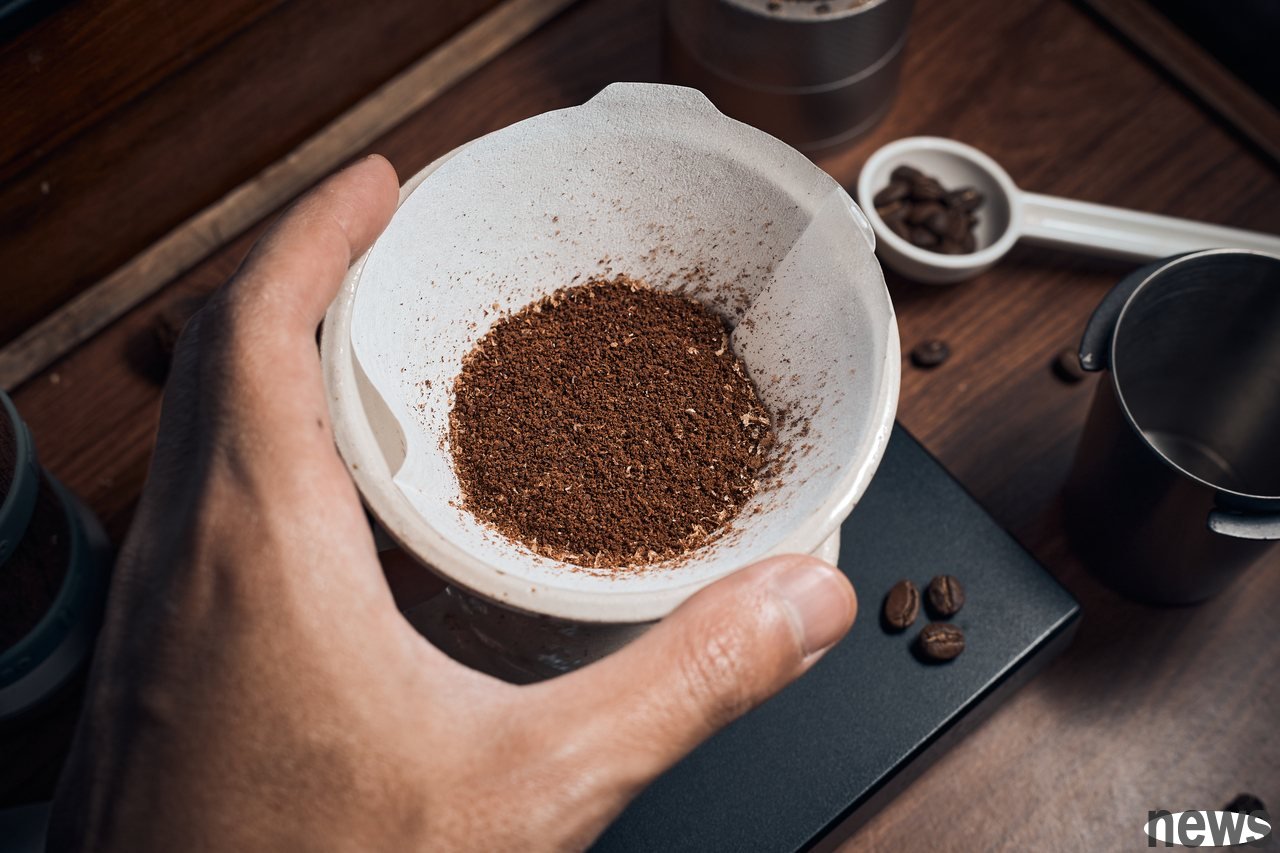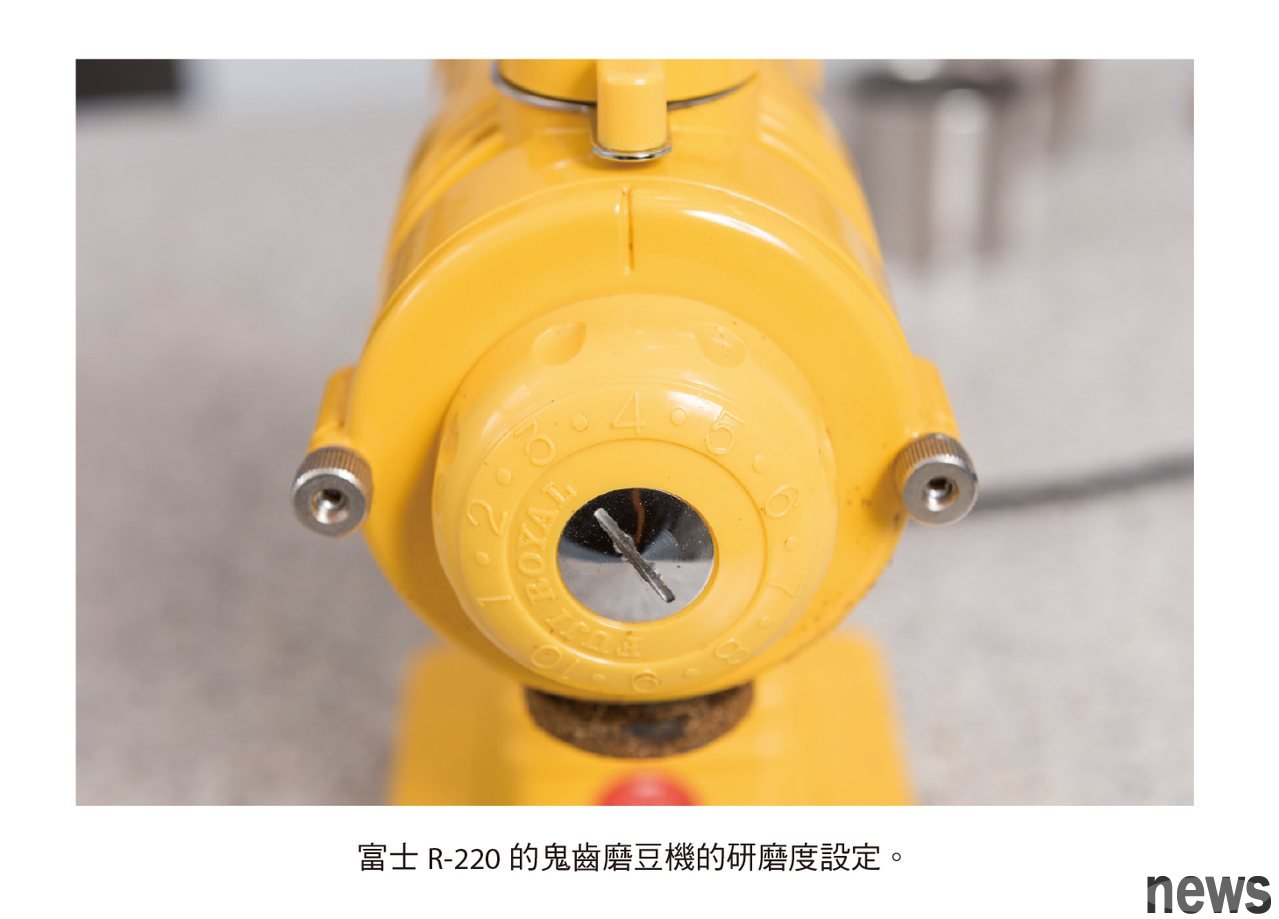Coffee Grinding The grinding of coffee powder is usually expressed in microns. Take black coffee as an example, the particle size of the coffee powder will fall at 400 ∼ 800 microns; the extraction time is about 2 ∼ 6 minutes. Commonly used...
 Coffee Grinding
Coffee Grinding The grinding of coffee powder is usually expressed in microns. Take black coffee as an example, the particle size of the coffee powder will fall at 400 ∼ 800 microns; the extraction time is about 2 ∼ 6 minutes. Commonly used instruments include mobile phones, plug-in pressure, French filter pressure and AiL (AiL pressure usually requires a fine grinding degree).
The above-mentioned appliances have their own recommended bubble time range. If you are using a French filter pressure, it is recommended to extract it in 4 ∼ 6 minutes; it only takes 2 ∼ 3 minutes. You can also try a unique way of sucking. For example, I have heard that when using a plugging agent, it must be cooked for 30 minutes. The extracted coffee is more delicious. This part of the story is wise, but when you need to cook to this length, you must adjust the grinding fineness simultaneously. Otherwise, when the grinding particles are too fine and the contact between the coffee powder and water will be too long, it will cause excessive extraction, resulting in bitterness and sensation. The bitterness of Josée coffee is obvious, and the quickest and most effective way is to roughen the grinding level. I recommend a grinding degree of 800 microns. Some people prefer a coarse grinding degree, which may be above 800 microns. At this time, they will drink tea-like flavors, but still retain some of the coffee flavor.

When considering the grinding degree, you must also pay attention to the impact of the size of the coffee powder particle and the thickness of the powder layer on the water flow velocity. The finer the coffee powder is, the slower the water will pass through, and the more smell it will be brought out; the coarseness of the powder is, because the gap between the particles is relatively large, the easier it will pass through, so the extraction time will be shorter, and the taste will be brought out is slightly less. In terms of coffee powder layers, the thicker the thickness of the powder layer, the longer the water flow passes through; the thinner the thickness, the easier the water flow passes through, and the shorter the time it takes to pass through the powder layer.
Coffee brewing timeThen we discuss the ideal brewing time. If you are brewing coffee at home by yourself, you can naturally try various methods and conditions in many ways. However, in the business venue, the entire process from pre-reservation to filling (i.e. extraction) and serving it for guests must be controlled within 10 minutes (preferably not more than 15 minutes). The time we can really extract coffee in Bar is actually only 5∼ 6 minutes.
Watering time is calculated, usually from water injection to coffee powder starting until water injection stops. However, in the above process, relatively complex variables may occur, and everyone's grasp of the bubble time is also different. Taking manual brushing as an example, after filling in water and touching coffee powder, pre-soaking (also called steaming, more discussions in Chapter 5). Although the amount of water is not large, the 30&sim of this pre-soaking period must still be counted within the soaking time. After the pre-soaking is finished, water must be poured again to the required extraction amount; the filtering time when the water flows through the coffee powder layer is naturally also part of the soaking time. Some people have to wait until the water is fully dripped before the end is finished, but it is not easy to accurately grasp the drip time of the completely filtered bubble. Therefore, you can also use "Filter Cup to open from the bottom" as the stop point for calculating the bubble time.
However, during the extraction process, the coffee powder absorbs some of the water, and the SCA measurements are about 2 ml of water per 1 gram of powder. Suppose that 300 grams of water is injected into 16 grams of powder, which will probably only extract 268 milliliters of coffee, but this is just a proportional value that is calculated. In actual manual field, some water may be absorbed in the filter paper or stopped in the coffee powder layer without completely running down. In other words, extracting the actual produced coffee will definitely be slightly lower than your water infusion.
When you are brewing coffee, please observe the impact of your habits on the coffee flavor. For example, is the time for water injection fixed before soaking? What is the water injection time after pre-soaking? How long is the filtering time to wait for the water to flow through the coffee powder layer? Sometimes, even weather factors may have some impact. If these elements can be controlled accurately, the gap between each cup of coffee will narrow.
According to the study of "Low Concentration, High Sweet" (Less Strong, More Sweet) released by the SCA fine coffee association in November 2019, when making coffee in filters, the sour and bitter taste performance in the first three levels (i.e., 30 ∼ within 90 seconds) is more obvious. The study also showed that the sour and bitter tastes gradually decreased since the first stage. From the fifth stage (after 2 minutes and 30 seconds), the fragrance and sweetness of the flower tea in the coffee gradually improve. Until the seventh stage (after 3 minutes and 30 seconds), the sweetness of the coffee begins to decrease. From this we can see that by extending the soaking time to 3 minutes and 30 seconds, you will have a chance to get a cup of coffee with a complete flavor.
※ This article is excerpted from "Coffee Master's Coffee Master. Chao Ge’s coffee classroom: hand-punching, tampering, unique stimulation techniques, reconnecting coffee extraction and sensory experience》.{twenty three} {twenty four}
"Coffee's Coffee's Coffee. Chao Ge’s Coffee Classroom: Hand-blown, plugging, unique techniques for stimulating the body, reconnecting coffee extraction and sensory experience》
Author: Chen Bingchao
Publisher: Dialect Culture
Publication date: 2023/09/08
Responsible editor: Gu Zihuan